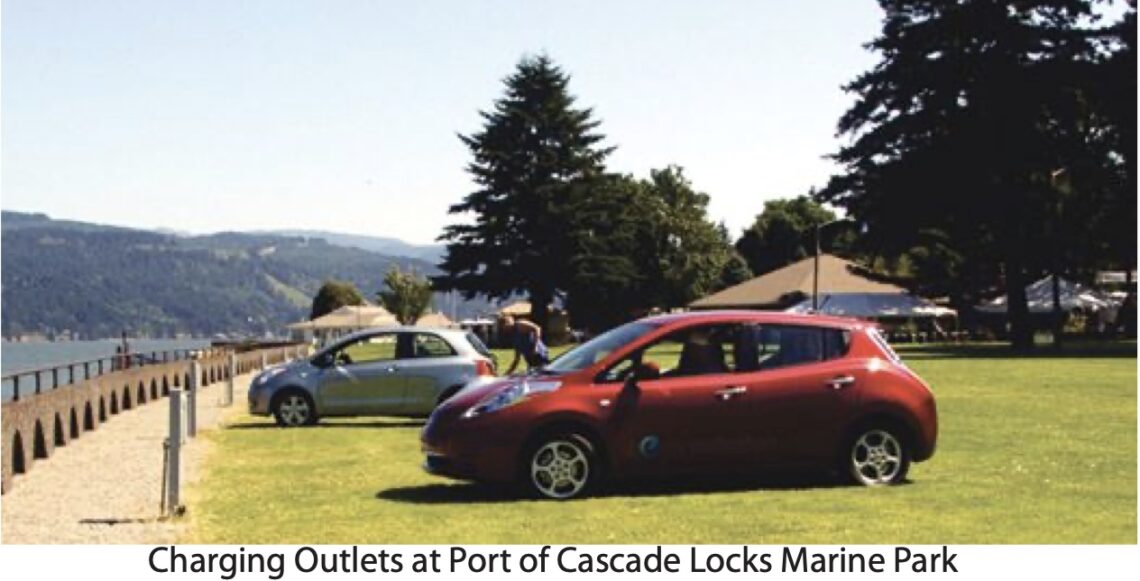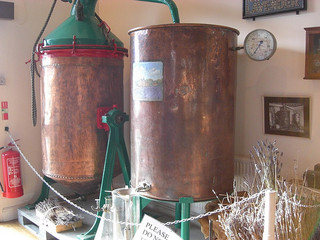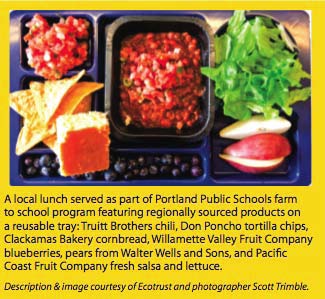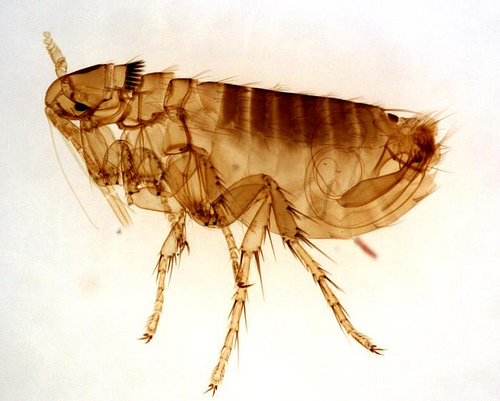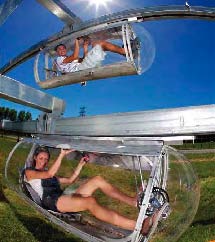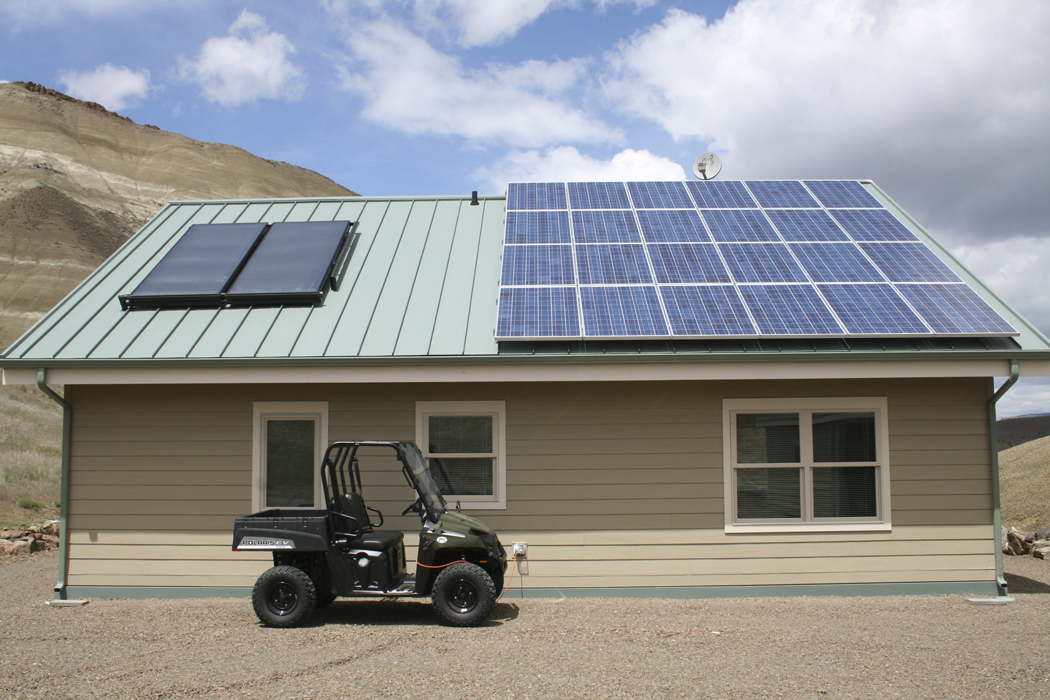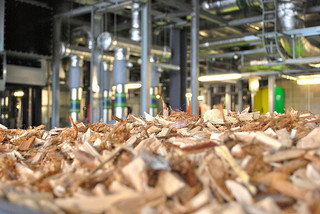Editor’s prologue - Interstate 84 wasn’t exactly choked with electric vehicles leaving Portland for John Day to take part in the SolWest Fair and the John Day or Bust EV convergence that took place the last weekend in July. However, there were three hardy souls and two EVs that did strike out on Thursday, July 28, thereby keeping this event alive for another year.
-
-
Traveling? Have These Essential Oils With You
Pack These Essential Oils With You Cinnamon Cinnamomum zeylanicum 1 drop daily for upset stomach or diarrhea. Ginger Zingibar officinale 1 drop 3 times daily for travel sickness. Lavender Lavandula officinalis Blend with aloe vera oil and apply to skin. Use for bites, cuts, and scalds. Lemon Citrus limonum 1 drop 3 times daily. Gargle for sore throat and general anesthetic. Peppermint Mentha piperita var amara Blend with aloe and apply to skin for aches, pains, and bruising. 1 drop 3 times daily for indigestion. Tea Tree Australia Melaleuca alternifolia Blend with aloe and apply to skin for sunburn or apply directly to infection. Ylang Ylang Cananga odorata Apply directly…
-
Farm to School
The ABCs of Fresh Food An innovative effort to bring locally-grown foods to Oregon’s school children and to help them understand where their food comes from received a big thumbs-up when the Oregon State Legislature unanimously passed House Bill 2800 in July. HB 2800, aslo known as the “Farm to School and School Gardens” bill provides $200,000 to a pilot program to rev up the provision of Oregon-grown foods and hands-on, garden-based education to public school students. The funds will allow school districts an extra 15-cents per school meal to buy Oregon foods and produce. This is good news for small farmers whose livelihoods depend upon locavore consumption and for…
-
Flea Time
Here’s our choice: utilize preventative measures for controlling fleas now, or, waiting until those pesky, pointed headed little bloodsuckers drive us to the brink of frustration by setting off some kind of poisonous flea bomb in our homes. We, humans, are the one’s with the bigger brains (though we can’t jump as far!), so maybe we should consider some of the very effective ways to prevent those slimy, dirty, disease-carrying jumpers from infecting and family companion dogs and cats . . . and us! Some people (those who don’t know any better) will resort to chemicals, pesticides, bombs, and nuclear devices. Others will inject one of the many spot-on types…
-
Shweeb: Light Rail for Bicyclers
Here’s an idea that seems to be the Portland bicycler’s dream come true: a recumbent bike enclosed from the “Oregon Mist” and suspended safely above auto and truck traffic.
-
Local Sources of Reused Wood
Compiled by Gary Munkhoff As the demand for wood and products made from wood increases, the world’s forests will, at some point, no longer be able to sustainably grow all the fiber consumed. Reducing our demand for wood, reusing wood products that already exist, and recycling the disposable wood products such as paper and cardboard are all steps that must become the norm. In the Portland area there are numerous businesses that offer wood products that have been in use at one time and are now available for reuse, often in a totally different way. Columbia Riverwood This company’s wood is derived from classic “boomsticks” that made up the perimeter…
-
Sustainable Schools-Sustainable Solutions
The Zero Waste Alliance’s Sustainable Oregon Schools Initiative, SOSI (pronounced “so see”) has taken a systemic approach to fostering healthy school environments by engaging, educating and inspiring individual schools, districts, and the organizations that support them. Oregon’s schools comprise an infrastructure large enough to house one-fifth of Oregon’s population and that means they have a large carbon footprint. Reducing that footprint will result in a cleaner environment, but will also save money by eliminating waste and increasing resource efficiency. But creating a healthy, sustainable environment is only part of the sustainability solution. Through education for sustainability, SOSI helps to develop school curriculums infused with learning that prepares students to live…
-
Behavior and the Human Dimensions of Energy Use
This is a growing area of research and activity for customer energy efficiency programs. Behavior is clearly a cornerstone of energy efficiency: it affects the purchases we make, the buildings and systems we design, and how we use energy-consuming equipment. To leverage technology and practices for greater savings, energy professionals can use social science to understand both how customers use energy and how programs can benefit customers. This goes beyond simply providing information. Understanding how customers think about their energy use can help programs select technology and engage participants in reducing their energy use through energy efficiency improvements. Considering energy users as members of communities and social networks suggests some…
-
The Painted Hills Go Green
The Park Management Team at John Day Fossil Beds National Monument successfully pursued building an unconventional, state-of-the-art zero-energy home as a replacement for the ranger residence at the remote Painted Hills Unit The goal, which is to make the park’s Painted Hills Unit carbon neutral and energy self sufficient in housing, administration and transportation, was close to being realized with the completion of the new residence. This house, built at a cost comparable to standard construction, not only eliminates utility costs to the ranger in residence, but it also exposed local contractors and the public to a building method far more energy efficient than anything they were familiar with. The…
-
Biomass Energy in John Day
Generations of sawlog harvesting can leave commercial forests choked with forestry leftovers: sapling-sized and un-merchantable trees, which need to be thinned to make way for healthy growth. In January 2009, Grant County government began an investigation to see whether there was enough of this type of woody biomass in the area to support a pellet plant, and what that plant might look like. The Grant County Fiber Utilization Study took more than 4 months and enlisted the help of several local, state and federal agency employees, foresters and business people. When complete, the study was shared with individuals, government agencies, legislators and congressional delegates. Because the county had a completed…

